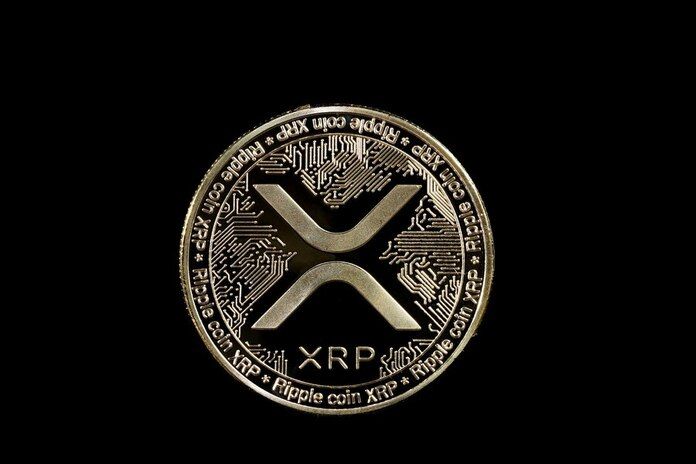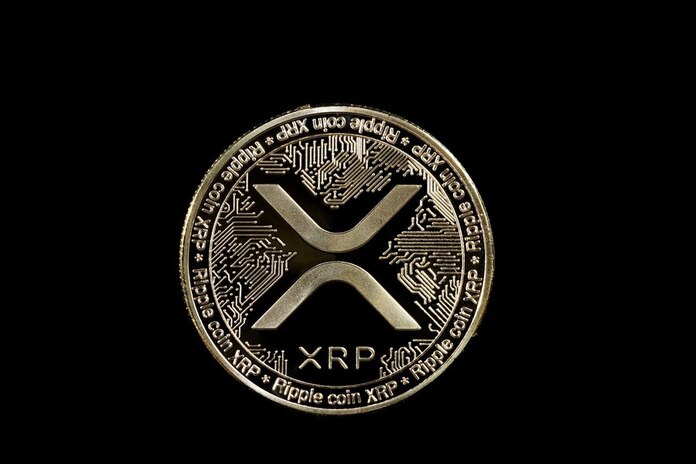Ethereum: Wall Street’s Token of Choice

Ethereum (ETH) is rapidly gaining traction as the blockchain of choice for Wall Street, with analysts and institutional investors predicting record highs this year. Jan van Eck, CEO of VanEck (NYSE:VANE), called Ether “the Wall Street token” in a recent interview, highlighting the growing role of Ethereum in decentralized finance and institutional portfolios.
Institutional Adoption Drives Ethereum Growth
Ether is attracting unprecedented attention from treasury firms and asset managers. According to data compiled by DefiLlama, roughly $147 billion of stablecoins reside on Ethereum, representing about half of the $280 billion stablecoin market. Van Eck noted that with the Genius Act signed into law, banks are now positioned to issue their own stablecoins. This move makes Ethereum rails the de facto platform for financial institutions seeking to handle stablecoins efficiently.
In addition, roughly 70 treasury firms hold nearly $20 billion in Ether on their balance sheets, reflecting strong institutional conviction. Analysts see this growing demand as a catalyst for Ethereum prices potentially surpassing previous all-time highs.
Ethereum Virtual Machine Powers Innovation
A key reason Ethereum remains attractive to Wall Street is its Ethereum Virtual Machine (EVM). The EVM powers smart contracts across Ethereum and supports Layer 2 networks like Arbitrum and Optimism, along with EVM-compatible chains such as Polygon (MATIC).
This technical backbone allows developers, capital, and code to flow seamlessly, creating a robust ecosystem for decentralized applications. Van Eck emphasizes that entities building on Ethereum, or using Ethereum’s methodology, are positioned to benefit most from the growing adoption curve.
Staking Yields and Tokenization Potential
Ethereum also offers attractive financial incentives for investors. The network provides roughly 3% staking yield, which is higher than Bitcoin (BTC), making Ether appealing for institutional staking strategies. Beyond staking, Ethereum’s tokenization capabilities could unlock a massive $19 trillion opportunity, enticing further adoption by corporate treasuries and investment funds.
Analysts such as Geoffrey Kendrick from Standard Chartered (LSE:STAN) project Ethereum could top $7,500 by year-end, while BitMEX co-founder Arthur Hayes forecasts a potential $20,000 in this cycle. This optimism is fueled by institutional demand, regulatory clarity, and the growing stablecoin ecosystem.
ETFs and Wall Street Influence
Ethereum’s rise on Wall Street is also tied to the growth of Ether ETFs, which facilitate institutional participation. ETFs allow funds and investors to gain exposure without directly holding the tokens, expanding Ethereum’s market reach. Van Eck, Tom Lee of Fundstrat, and other analysts see ETFs as a driver that will push Ethereum prices higher, reinforcing its status as a preferred blockchain for financial institutions.
The Bottom Line
Ethereum’s growing prominence among institutional investors is reshaping its market narrative. With robust technical infrastructure, staking rewards, treasury adoption, and regulatory support for stablecoins, Ethereum is becoming Wall Street’s blockchain of choice.
For investors, the combination of institutional adoption, ETF inflows, and technical innovation makes Ethereum a compelling asset. Analysts expect further upside in the near term, cementing its role as a central player in both decentralized finance and traditional financial markets.
Additional Insights
Looking ahead, Ethereum’s role in the broader financial ecosystem may continue to expand. The network’s ability to integrate with traditional finance, support stablecoin issuance, and host tokenized assets positions it as a bridge between legacy institutions and the growing DeFi sector. Furthermore, continuous upgrades to Ethereum’s protocol, such as improvements to network scalability and gas efficiency, could attract even more institutional participants.
With rising adoption and innovation, Ethereum may increasingly serve as a backbone for financial products beyond cryptocurrencies, including securities, derivatives, and programmable cash. This convergence of technology and finance underscores why Ethereum is not just a cryptocurrency but a strategic platform shaping the future of Wall Street.
Featured Image: Freepik









